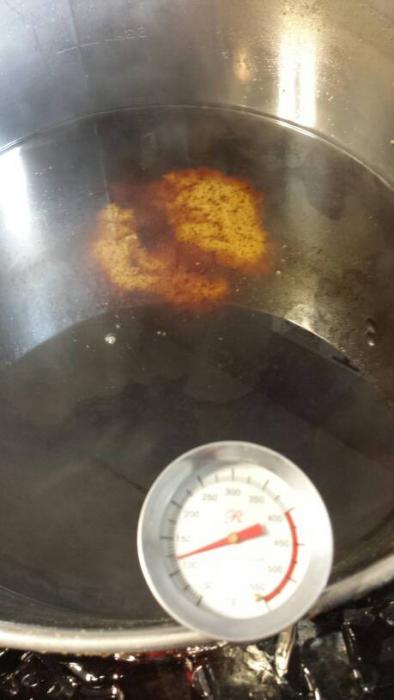We have had a number of conversations lately in the forums about hot break and cold break and wort clarity.
I'm brewing today so I decided to take a few photos to describe hot break.

The hot break will start to happen after the wort foams up. In the beginning it will look like foam. The phone will rise to bigger and bigger and threaten to boil over.

It's hard to standby and watch your pot boil over so there is no photo of getting that high!
After threatening to boil over for about 15 minutes all of a sudden the foam will disappear.
The wort itself will look like it has pieces of egg drop soup suspended in it. They are fine particles of protein coagulated.


After my boil is done today I will take some photos of the cold break.
I hope this is helpful to new all grain brewers maybe wondering about hot and cold break and how to get the clearest beer possible.
Sent from my iPhone using Home Brew
I'm brewing today so I decided to take a few photos to describe hot break.

The hot break will start to happen after the wort foams up. In the beginning it will look like foam. The phone will rise to bigger and bigger and threaten to boil over.

It's hard to standby and watch your pot boil over so there is no photo of getting that high!
After threatening to boil over for about 15 minutes all of a sudden the foam will disappear.
The wort itself will look like it has pieces of egg drop soup suspended in it. They are fine particles of protein coagulated.


After my boil is done today I will take some photos of the cold break.
I hope this is helpful to new all grain brewers maybe wondering about hot and cold break and how to get the clearest beer possible.
Sent from my iPhone using Home Brew







